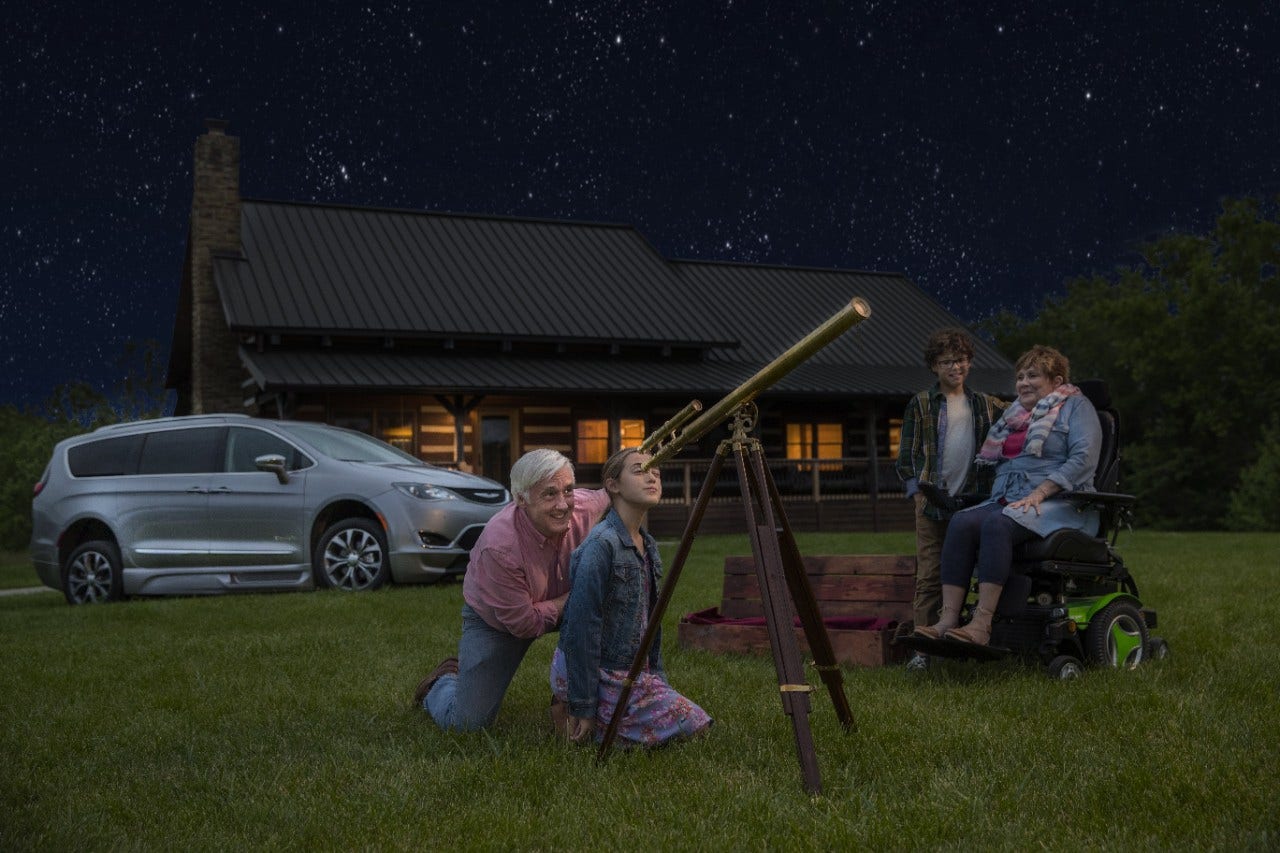
What Is Considered an Inclusive Playground?
While all kids should be able to play on their school's playground or at the local park, many are unable to do so because of barriers like mulch, stairs, and a lack of inclusive and accessible playground equipment. As a result, many children with disabilities are unable to play alongside their peers.
Although playgrounds are designed for children, many designers fail to keep their playgrounds accessible for all kids. Unlike traditional playgrounds, inclusive playgrounds provide a space where all children, regardless of ability, can play together. To make a playground more inclusive, it's important to understand the elements that contribute to accessibility and how to integrate them.
Why Accessible Playgrounds Are Important
For young children, playing with friends is more than just a fun activity—it's an important aspect of their development. Accessible playgrounds play a significant role in promoting inclusivity and social interaction, as well as impacting physical and mental development for all children.
Accessible playgrounds also support the physical health of all children and can be particularly beneficial for those with disabilities who may utilize therapies like physical therapy or occupational therapy to gain or maintain mobility. By providing multiple play options, inclusive playgrounds cater to the social, emotional, and physical needs of all children.
What Makes a Playground ADA Accessible?
ADA accessible playgrounds are designed to include features that cater to a wide range of needs, ensuring inclusivity for children with sensory, mobility, cognitive, and developmental disabilities. Incorporating ramps, smooth surfaces, and adaptive play structures ensures all children can participate.
Sensory Play Elements for Children with Sensory Processing Disorders
Sensory play elements for an inclusive playground can include:
- Tactile Panels
- Musical Instruments
- Water Play Areas
- Swings
When designing inclusive playgrounds, it's important to recognize individuals with sensory disabilities can have varying needs: some may seek out sensory input, while others may avoid it. To accommodate these differences, playgrounds should include a mix of interactive elements that are colorful, noise-making, and tactile, as well as quieter, less stimulating play areas.
Play Elements for Children with Mobility Impairments
Playground elements for children with mobility impairments may include:
- A Wheelchair Accessible Swing
- An Accessible Merry-Go-Round
When designing an inclusive playground for children with mobility disabilities, choose play structures with ramps instead of stairs, ensuring the playground surface is smooth and navigable by people using mobility aids. While many playgrounds feature interactive elements at lower heights suitable for children, ensure these elements are also accessible to children in wheelchairs. This means positioning play structures and activities at heights that are reachable for everyone.
Play Elements for Children with Cognitive and Developmental Disabilities
Children with cognitive or developmental disabilities may benefit from any of the adaptive playground equipment previously mentioned, but they may also benefit from:
- Communication Boards
- Mirrors
- Puzzle and Game Panels
Communication boards allow children with disabilities to express themselves and interact with others. These boards may feature a combination of pictures, symbols, or even a sign language alphabet. Mirrors and game panels can also support cognitive development and discovery.
What Is a Universally Accessible Playground?
A universally accessible playground, also known as a universally designed playground, accommodates people of all ages and abilities. These playgrounds are not only beneficial for children with disabilities but are also inclusive spaces for disabled parents to play with their kids. Additionally, older adults with disabilities can also enjoy these playgrounds, benefiting from play that encourages social, emotional, physical, and cognitive development. By providing an inclusive environment, universally accessible playgrounds promote inclusion and interaction among people of all ages.
Benefits of Inclusive Playgrounds
There are many benefits to inclusive playgrounds. Most importantly, these spaces allow children to play together. An inclusive playground can help disabled children work on skills that may be impacted by their disability. Through play, these children can learn social and emotional regulation skills and engage in physical activity or physical therapy. Inclusive spaces also encourage children without disabilities to interact with and learn from their disabled peers, fostering understanding and empathy. Interaction among kids of all abilities can build a foundation for a more inclusive future that values and embraces people with disabilities.
Inclusive Activities for Children with Disabilities
An inclusive playground is a great place for children to play together. However, if you don't have access to one nearby, there are still inclusive activities to explore. Consider visiting an accessible amusement park, or even teeing up for a game of wheelchair golf. Check out the related articles below to find an inclusive activity that’s right for you.




